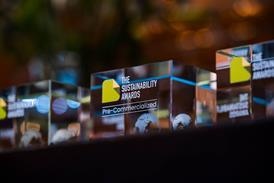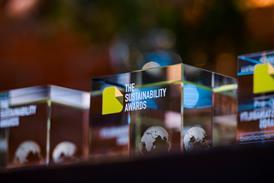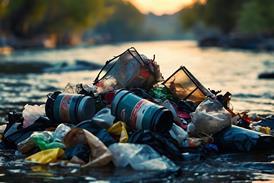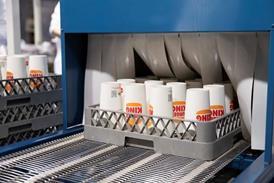Circular Plastics : Making positive inroads

However, according to a Plastics Europe report: circular plastics now account for 13.5% in new plastic products manufactured in Europe. This means that the European plastics system is halfway towards the interim ambition – established in the ‘Plastics Transition’ roadmap – to use 25% of plastics from circular sources in new products by 2030.
ALREADY A REGISTERED USER? SIGN IN now
Subscribe (for free) to read this article
Become a subscriber to read this story, as well as other exclusive articles and interviews. The process is entirely free and takes no time at all.





